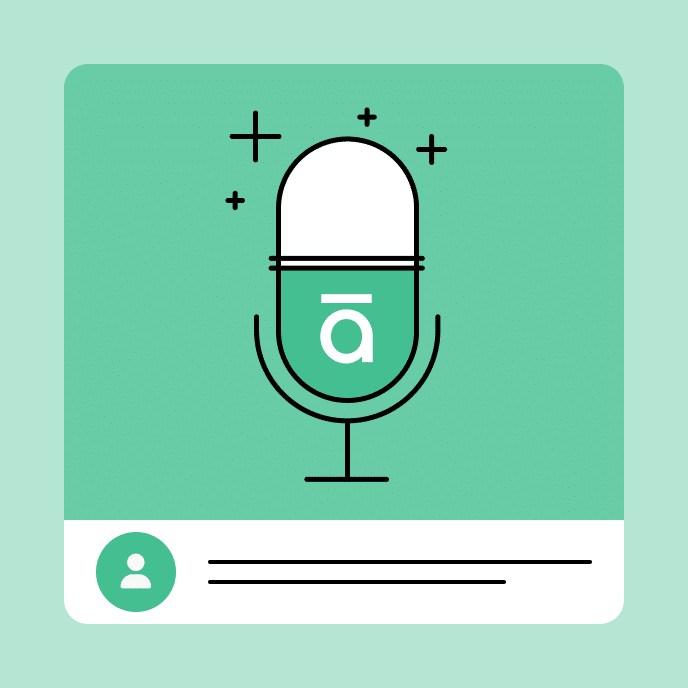Tell, Show, Do Plus Practice & Review
This simple course design model helps when designing interactive e-learning. It moves past content delivery and towards relevant practice activities.

Build effective online training with tell, show, do plus practice and review
“Tell, Show, Do” is a common instructional design model. We featured that in a previous post. The model is a simple reminder that steers the course design away from the common content dump and focuses on the action in the learning, mainly the doing part.
But I like to add, “Tell, show, do! Then practice and review!” It rhymes and is another easy thing to remember about course design. I like discussing this with clients and subject matter experts who tend to focus too much on content.
Tell, show, do, plus practice and review
Here’s a quick recap:
- Tell them what they’ll learn. This communicates the expectations and goals. It also provides context which allows the learner to see how the course is relevant and fits into their world and expectations.
- Show them what they will “do” so they can see it in action. Seeing it before practicing allows people to build some familiarity with the process and helps eliminate some of that “just getting started” anxiety.
- Do the task. At this point, the learner should do the task that they’ve been exposed to and seen in action. In an online course, the task is usually some sort of simulated decision-making. That can be something like a role-play activity or even software simulation where the user inputs data.
- Practice the task. This is a subset of the “doing” however, the key point here is the repetition that comes with practice. E-learning courses often are weak on practicing the task more than once or twice. And when the people are outside of the course, there should be some support to practice the task in a real-world setting. The more touches they get the more opportunities to learn.
- Review what they did. This is also a subset of “doing” and goes with the process of practice, feedback, practice, feedback…At the end of the day you need to assess their level of understanding and proficiency and provide next steps, such as certification of skill or perhaps some sort of remedial process to get more practice. One challenge in the e-learning and training space is that the manager or team leads tend to abdicate the learning to the course or training program. However, there’s a lot of opportunity to enhance the training with a consistent and thorough review process outside of the e-learning course.
This is a more fleshed out Tell, Show, Do model that considers more of the practice and feedback part of the learning process. I like this technique better than the first one because it includes the review and debriefing which includes the social part of learning where new learners get a sense of where they fit and how they’re doing.
You may also like

Translation vs. Localization: What’s the Difference?
Compare the difference between translation vs. localization and find out how to choose the best approach for your global workforce training needs.

